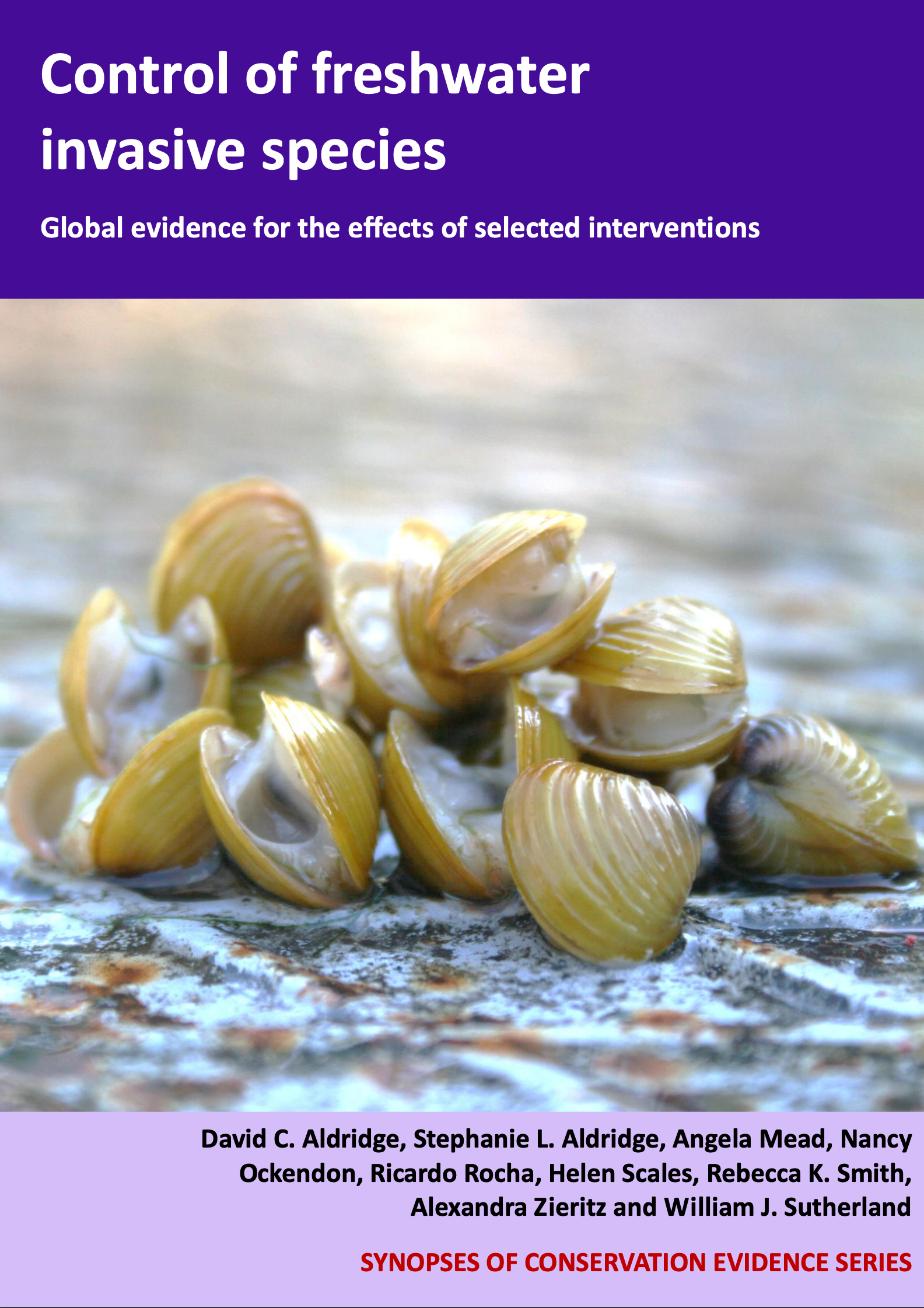American bullfrog control: Biological control using native predators
-
Overall effectiveness category Likely to be beneficial
-
Number of studies: 1
View assessment score
Hide assessment score
How is the evidence assessed?
-
Effectiveness
70% -
Certainty
40% -
Harms
0%
Supporting evidence from individual studies
One replicated, controlled study conducted from 2007 to 2009 in Balen, north-eastern Belgium (Louette 2012) found the introduction of the northern pike Esox lucius led to a reduction in bullfrog tadpole biomass with time, which was not significant overall, but highly significant from Spring year two. In year two, tadpole biomass in ponds with introduced pike reached only a tenth of their biomass in control (unmanaged) treatments in year two. No effect of draining was observed. Four treatments were randomly assigned to twelve ponds. The control included two replicates with no draining and no pike. The second treatment included four replicates of pike, but no draining. . The third included three replicates of draining and no introduction of pike. The fourth included three replicates of pike and draining. Draining was performed in June 2007, with removal of all amphibians and fish. Juvenile pike were introduced in May 2008 and 2009.
Study and other actions tested
Where has this evidence come from?
List of journals searched by synopsis
All the journals searched for all synopses
This Action forms part of the Action Synopsis:
Control of Freshwater Invasive Species
Control of Freshwater Invasive Species - Published 2017
Control of Freshwater Invasive Species Synopsis





)_2023.JPG)














